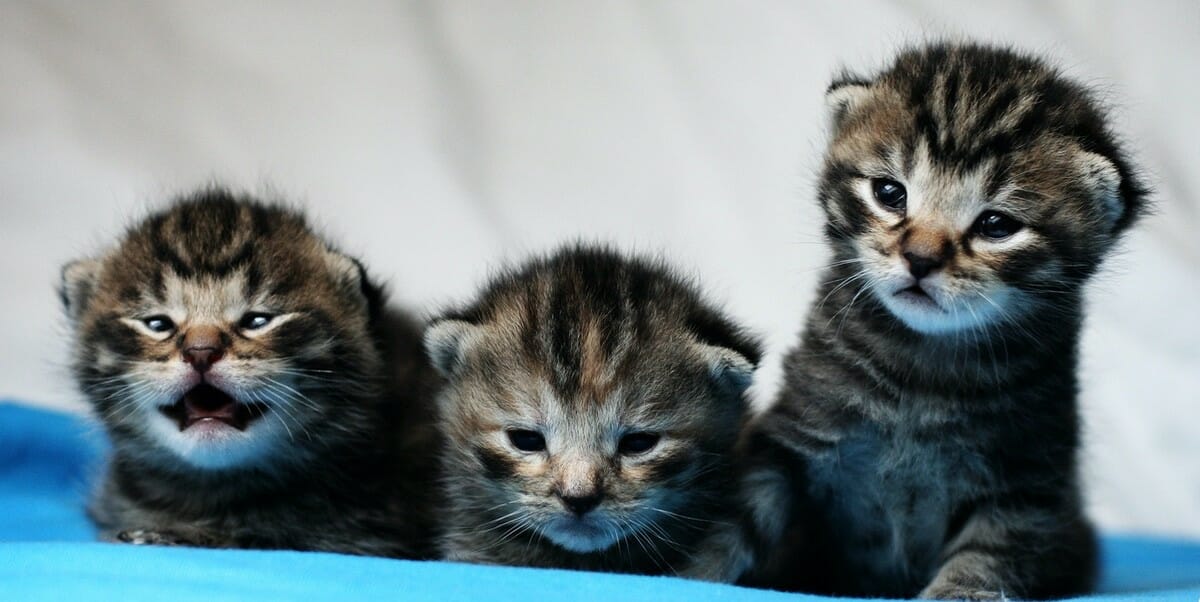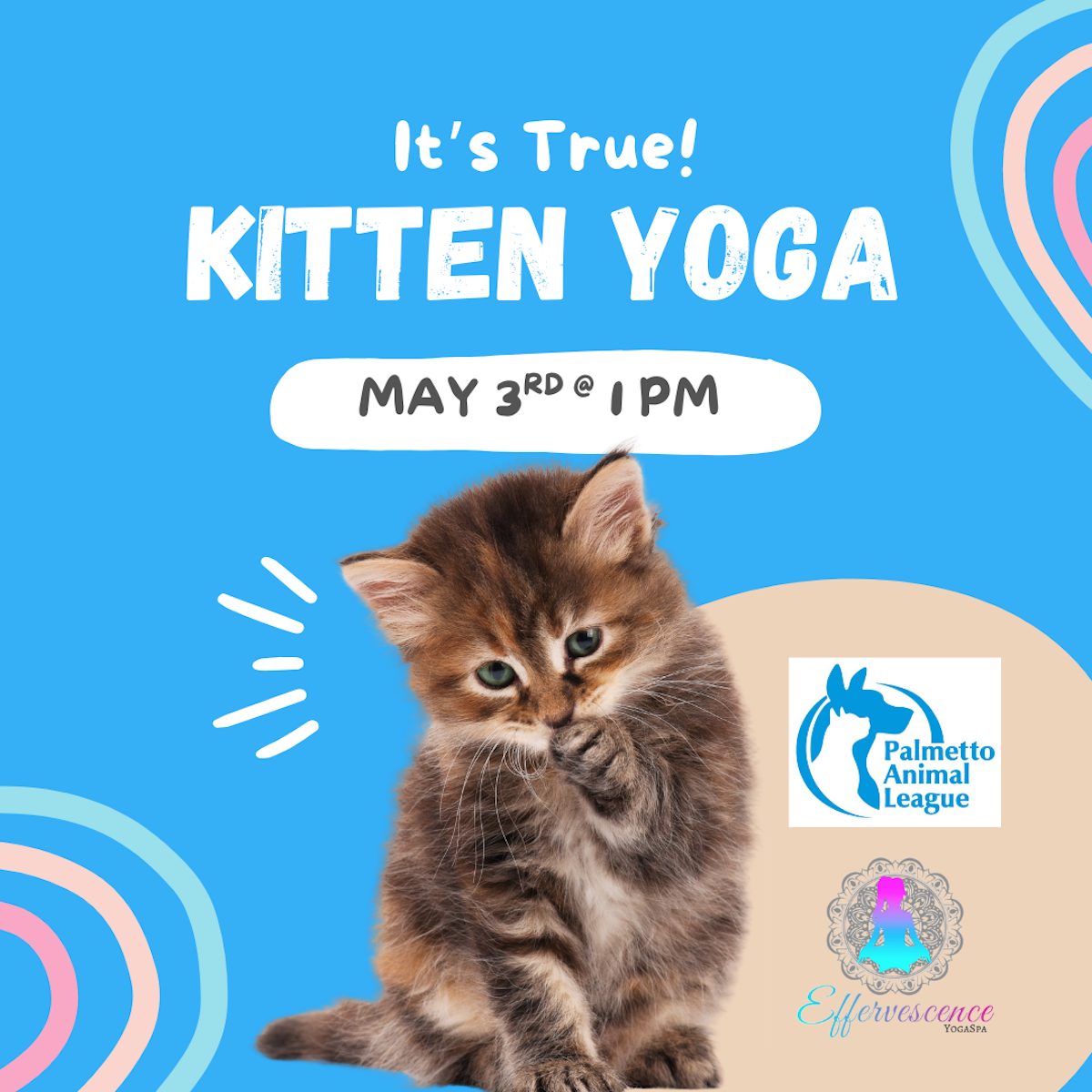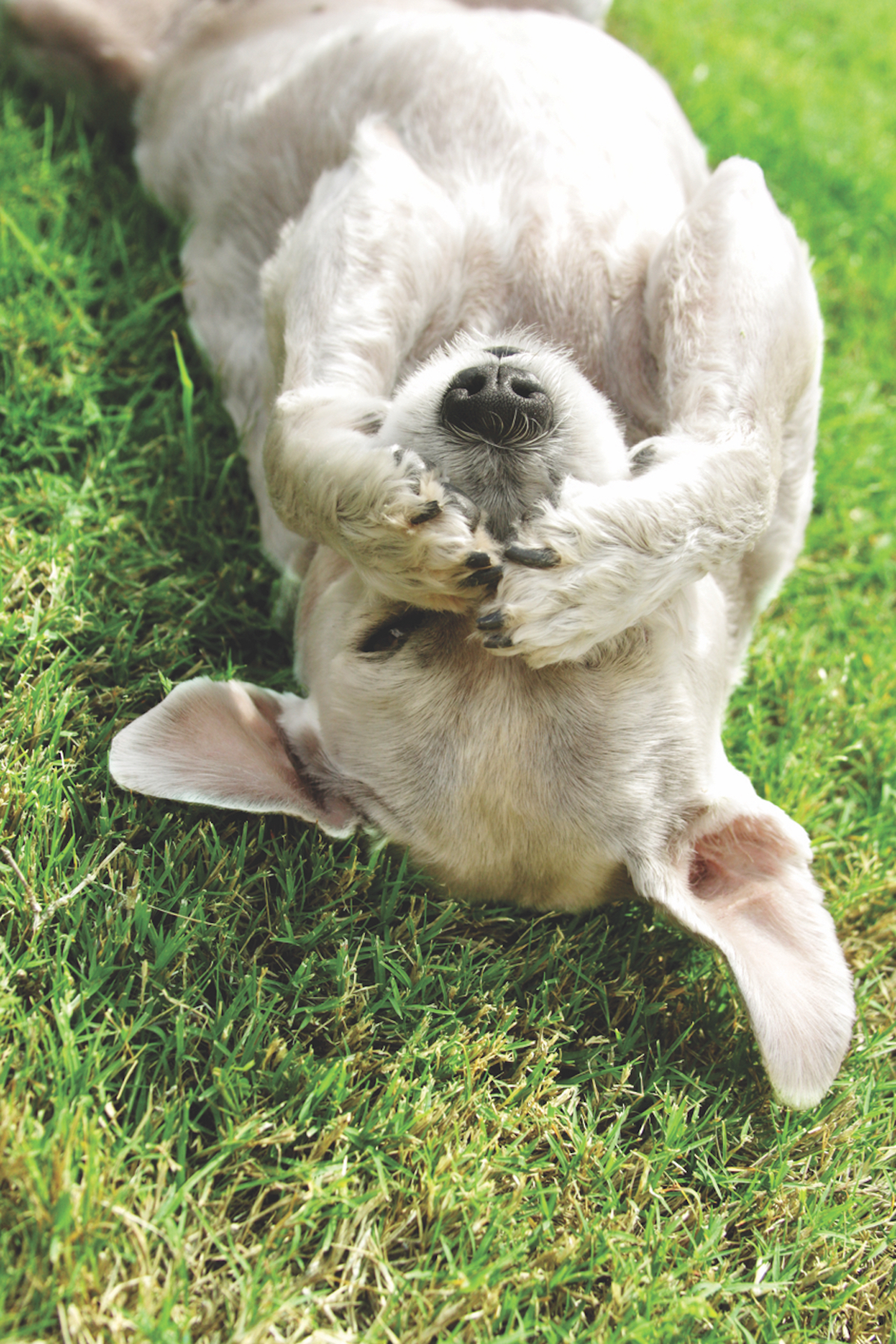By Prof. Percy Pussycat
It is much harder to get a “feel” for a room full of cats or a pile of adorable kittens than it is to feel the “fit” you might have with a dog. But it can be done; it just takes a little more time and cat understanding.
There are some things you need to decide before you head to the shelter or the breeders. The first thing is whether you want a purebred cat like a full Siamese or Ragdoll or if a shelter cat or kitten. There are certainly cost considerations here as purebred cats can be very expensive. And there are always lots of shelter cats to choose from. But shelter cats or kittens do come with a risk. You are never really sure of their background or what they might have been through. I’m not saying don’t get a shelter cat; just understand your sweet little kitten might grow up to be the size of a Maine Coon which you weren’t expecting. So, just be flexible.
Besides shelters, if you check the local papers or online sites, you may find someone giving away kittens which would give you a chance to see the Mother hopefully and what kind of environment they have been raised in. Mom will also give you a clue about what the kittens will look like when they are grown.
So when you have figured out you want to go with a non-purebred cat or kitten, then you have to decide between whether you want a cat with long, medium or short-hair. It will make a difference in how the cat looks, and how the cat sheds. The more the hair, the more the cat sheds. A long-haired cat is much more prone to “hairballs” than a short-haired cat. Cats tend to clean themselves by brushing their fur with their tongue (which is textured to help in the process), and hair is ingested, builds up into a wad, and is regurgitated. This “hairball” looks like a wet hairy sausage. You can help by grooming the cat to help get rid of loose hair. The more you groom, the fewer the “hairballs.”
For editorial sake, we are going to assume you have decided to go with a shelter cat or kitten. Now what?
When you are alone with the cat or litter of kittens at the shelter, let them make the first move. Be a little standoffish at first. Wait to see who will approach you. These will be the ones who are adventuresome and eager for human contact – qualities that will only increase over time. Look for wide-open eyes. Choose an adventurer. Kittens are born curious, and they spend a lot of time exploring their surroundings. Watch the kittens that pounce, play, and explore any and everything -these are the ones who will be well-adjusted and fun to be with as they get older.
With any cat or kitten, you also need to see how they respond to handling. Will the cat or kitten let you pick them up? Do they automatically run and hide from you? Will they play with you? Before choosing a kitten, roll a small ball across their line of sight. If they go for it- and most kittens will – you’ll know they are eager and enthusiastic. A cat that ignores the ball or watches it suspiciously probably won’t make the best pet later on.
People don’t ask all that much from their cats. A purr here, a rub there, and some quiet time on the lap – these are the qualities (along with proper litter-box deportment) that make for perfect pets.
The secret of successful cat ownership is to pet it when it wants to be petted. Leave it alone when it wants to be left alone. It is that easy. There is nothing better than having a cat jump in your lap and want to be cuddled! However it usually takes about a year before a cat will trust you enough to sit in your lap for long periods of time. So don’t rush it and force your cat to be a “cuddly kitty” of they aren’t into it. And you will have a wonderful new companion.







